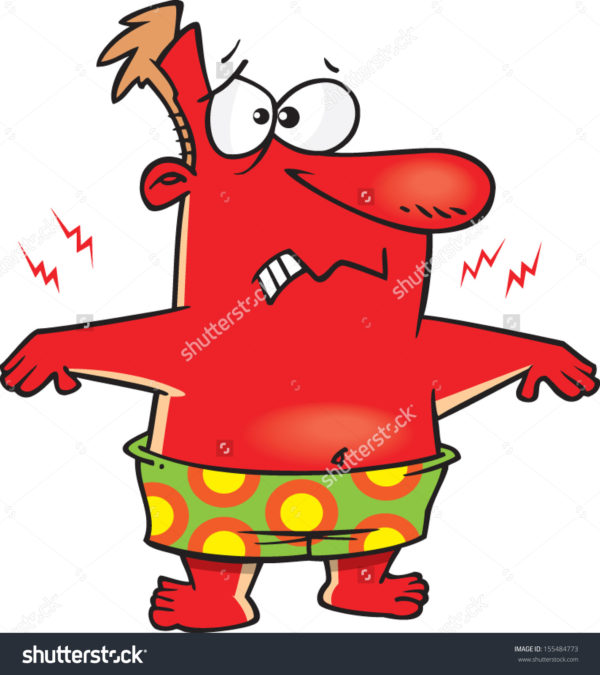
Explaining The Levels of Pain
Home Remedies Work for Mild Burns
As heat-related skin conditions increase, it is alarming to see how much we neglect protecting our skin. We tend to ignore or forget lathering up sunscreen before leaving home, and soon we are under the noonday sun with a sunburn that refuses to go away.
The most common and most painful are first-degree burns. They are as red as they can be, and their symptoms last for several days, and then subside in the next 5 days.
Then you have partial-thickness (second-degree burns) which can be superficial or deep. Superficial partial-thickness burns damage the first and second layers of the skin. You can identify them because they turn white when you press them and then red again when you release. They are moist and painful, with the injury lasting up to 48 hours.
Deep partial-thickness burns go even deeper. They are white with red areas and are not particularly painful, though they can cause a sensation of pressure. The skin remains white even after pressing and can be dry in some places while moist in others. There is major risk of infection.
While sunburn is dangerous for everyone, special care should be taken in case of babies, small children, and adults over 60. Home remedies, such as cool cloths, cold showers, and aloe vera cloths work, but only for mild burns. In addition, over-the-counter medications may prove effective, but topical and oral prescription nonsteroidal anti-inflammatory drugs (NSAIDs) are highly recommended, especially in the case of serious burns.
But for serious burns, medical help should be sought. Symptoms include:
- Burns that blister
- Burns that cover a large portion of the body
- High fever
- Extreme pain
- Headache Nausea (or chills)
- Tenderness
- Pus
If you notice any of these signs, see a doctor immediately.
Fatima M.
Freelance Blogger





Follow Us!